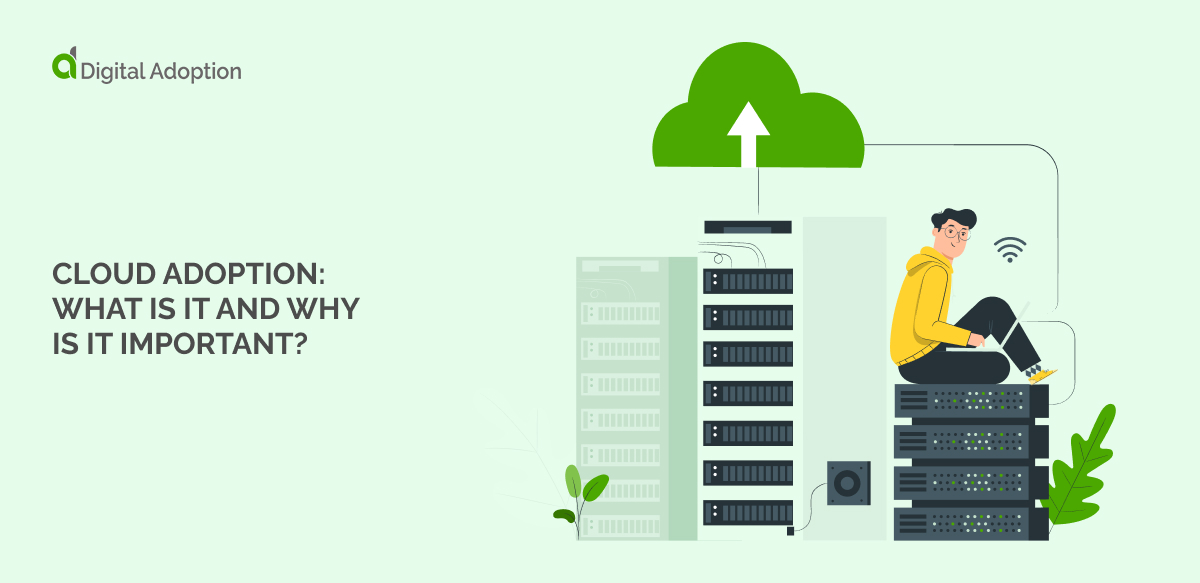Composability is a new topic in the business arena, but it is already being talked about by some of the world’s most cutting-edge businesses, such as WalkMe and Hewlett Packard.
Just what is composability and why does it matter?
We’ll find out the answer in this post.
Composability: A Game-Changing New Paradigm for the Business World
Composability, in the business world, is a business principle that refers to the ability to combine modular business elements as needed.
Modularity, according to Gartner, is key to this principle, along with autonomy, orchestration, and discovery. They suggest that composable business “means creating an organization made of interchangeable business blocks.”
According to WalkMe, composability is key to business agility – when organizations can quickly and easily modify and “re-compose” their business functions, they can adapt, pivot, and innovate more quickly.
This approach to business stands in contrast to “traditional” business methods and practices, which tend to take longer across the board, regardless of the business function.
While composability may be new, there are signs that this new approach is well on the way to becoming essential in today’s economy – or, at the very least, a competitive advantage.
Will Composability Become the New Normal in Business?
In the post-COVID next normal, we can expect to see more disruption, more change, and more uncertainty. A world that is constantly changing will present far more challenges than one that is stable and slow-moving, so businesses must adapt.
In fact, they must not only adapt, they must make organizational agility one of their top priorities and foremost business principles.
Many of today’s business trends foreshadow this probability:
- Disruptive innovation is driving digital transformation on a global scale, so companies must adapt to keep up
- Customer sentiment shifts rapidly from one moment the next, which can result from both digital disruptions as well as geopolitical events
- Spending patterns change during crises, compelling businesses to change their own strategies
These types of trends have prompted a number of research firms to point out what many executives already know – that agility is not just advantageous, it is a necessity.
Examples of Composability
Composability can be applied in several ways and at several levels within the organization.
Here are a few examples to demonstrate this idea:
- Composable business units. A composable business, as Gartner mentioned, is one that is composed of interchangeable business blocks. Other research firms, such as McKinsey, have also advocated taking a more composable approach to business by, for instance, creating cross-functional teams to lead agile business transformation during disruptive change.
- Composable software. In today’s workplace, digital ecosystems are fragmented and complex. Employees will typically use many applications in their daily workflows, regardless of which department they work in. Composable software, such as a digital adoption platform (DAP), helps simplify these workflows through just-in-time training, automated technical support, and software walkthroughs.
- Composable IT infrastructure. Traditionally, IT infrastructure has been tied directly to hardware architecture. Over time, however, that has evolved, giving way to trends such as virtualization, which allows administrators to create abstracted computing environments to work in. Composable IT infrastructure allows IT managers to dynamically compose their data centers’ environments into virtualized infrastructures as needed.
As we can see from these examples, composability is an overarching approach that can be applied across multiple dimensions. Like agile, it is a principle, not a specific set of tactics. Though applying that principle may require more ingenuity and resourcefulness, the benefits are well worth it.
Why Invest in Composability?
There are several advantages offered by adopting this approach to business.
For instance, expanding upon the examples mentioned above:
- Composable businesses are more agile. A business with a rigid hierarchy and structure will be less resilient when faced with challenges. The COVID-19 crisis demonstrated this clearly – businesses that were able to shift gears, migrate to the cloud, and adopt remote working policies fared better. On the other hand, companies that clung to old business models and attempted to “wait out” the crisis, typically suffered more financial hardships.
- Composable software ecosystems are more fluid and adaptable. The software world is continually evolving, which means that companies must continually adopt new digital platforms and services. Resisting change can pose problems, however, limiting efficiency, inhibiting innovation, and reducing productivity. On the other hand, by embracing fluidity and composability in the internal software environment, businesses can promote a digital-first workplace, improve employees’ digital savviness, and simplify digital workflows.
- Composable IT infrastructure saves costs and improves efficiency. Many companies require in-house data centers and private cloud setups. However, some applications require specific hardware architectures, and building out those specific environments can be costly and time-consuming. Composable infrastructure removes that need by allowing IT managers to create their own virtual environments, which significantly improves resource allocation, efficiency, cost-savings, and availability.
Ultimately, composability is a mindset and a business principle, so “investing in composability” requires a shift in thinking as much as it requires a change in business practices. For more information on how to implement practices that are more composable and more agile, check out this post on digital adoption and innovation.















